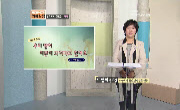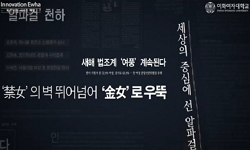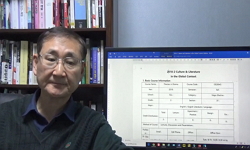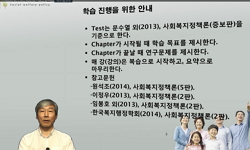Since the beginning of modern age, Indian society has experienced lot of changes in its social values and structure. Consequential to it, many changes of far reaching importance have taken place in the sphere of women. Due to this doubts about the tra...
http://chineseinput.net/에서 pinyin(병음)방식으로 중국어를 변환할 수 있습니다.
변환된 중국어를 복사하여 사용하시면 됩니다.
- 中文 을 입력하시려면 zhongwen을 입력하시고 space를누르시면됩니다.
- 北京 을 입력하시려면 beijing을 입력하시고 space를 누르시면 됩니다.
부가정보
다국어 초록 (Multilingual Abstract)
Since the beginning of modern age, Indian society has experienced lot of changes in its social values and structure. Consequential to it, many changes of far reaching importance have taken place in the sphere of women. Due to this doubts about the traditional feminity based on ‘Pativrata’ system have arisen. During this modern development, feminity has gone through many ups and downs. In the nineties, many novels dealing with women were published. Among those Geetanjali Shree's Mai with family history background has depicted some new facets of changing feminity.
There are three generations of women in the novel. Grandma represents of the first generation is the typical symbol of traditional feminity. Mai(Mother) represents second generation, whose life is regulated by traditional feminity but the mentality is free from it. That is why she allowed her daughter to go against the traditional value system. The daughter, representing the third generation, refuses the traditional feminity and wanders in search of new feminity.
Life, actions and reaction of mother and daughter bring out the traditional feminity, developing new feminity and various contradictions. The estranged relations between brother and sister who were so affectionate to each other, proves the limited role of man in the establishment of new feminity.
The daughter inspired by the inner strength of the mother, goes out in search of a new way of life, which her mother could not live. Author indicated that it can not be attained by any outside efforts of society but only by the women herself. Author suggested that the solution could be found by women themselves, not departing fully from the past and tradition but using its healthy instances. This solution is closely related with India cultural tradition, which recognised the concept of women as a strong power.
In my opinion, the character of mother in the novel do not depict only the traditional image of mother but also try to establish the new feminity by re-interpretating the traditional image of mother.
All formal characteristics such as the multi-dimensional structure of the novel, the destruction the normal grammatical construction of Hindi language, symbolic and signifier style of writing, double edged retrospection structure, open endedness, fit into the establishment of new feminity in this novel.
동일학술지(권/호) 다른 논문
-
- 세계문학비교학회
- 강필운
- 2002
- KCI등재
-
나왈 알-사으다위(Nawa ̄l al-Sada ̄wi ̄)의 페미니즘 고찰
- 세계문학비교학회
- 김능우
- 2002
- KCI등재
-
- 세계문학비교학회
- 이영구
- 2002
- KCI등재
-
- 세계문학비교학회
- 장은수
- 2002
- KCI등재





 KISS
KISS






